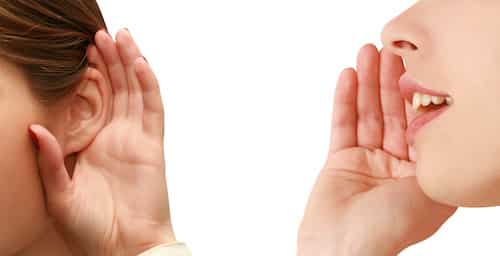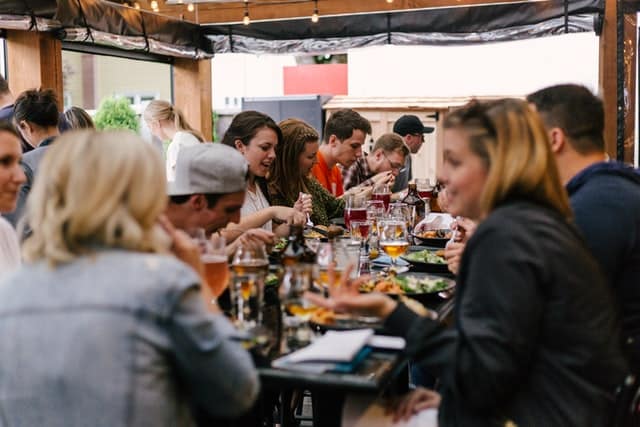


Improve Speaking and Listening Skills in English
Improve Your Listening and Speaking Skills in English Students are always looking for a way to improve their speaking and listening skills. Improve Listening and Speaking in English by Really Listening to Your Partner One way is utilizing the skills you already have...
Colloquial English at a Restaurant
Colloquial English At A Restaurant Before eating Asking for a table – Notice here, we use THERE ARE, not we are. Ordering from the waiter – When ordering, we use the verb HAVE and the Future Simple. As well, we have the definite article THE to show...
Alternatives to Increase and Decrease
In a previous post we looked at DESCRIBING GRAPHS AND TABLES IN ENGLISH, which is a good way to add information to sentences using adverbs and adjectives. Today we want to give you some alternatives to increase and decrease for verbs. Increase and decrease are...
Tips for Passing the Speaking Part of English Exams
How can I pass the Speaking part of English exams? Most exams, such as IELTS, SLP, and all of the Cambridge exams, involve a speaking part or interview. These can either be individual, or as with the Cambridge exams, with another student. The Speaking part of English...

Recent Comments